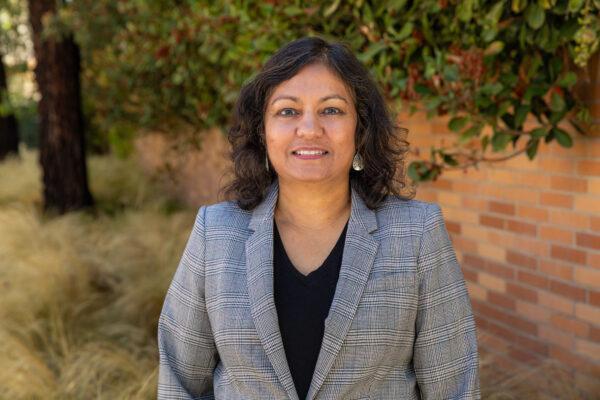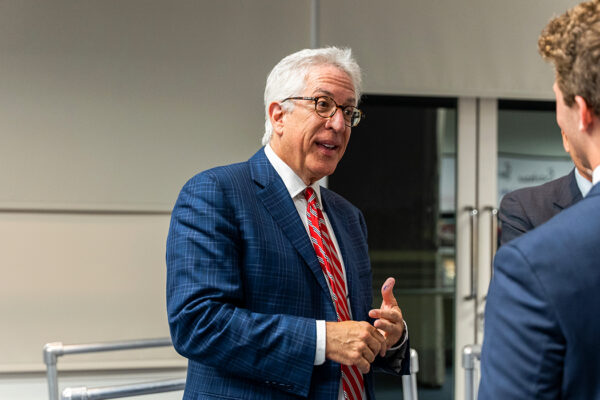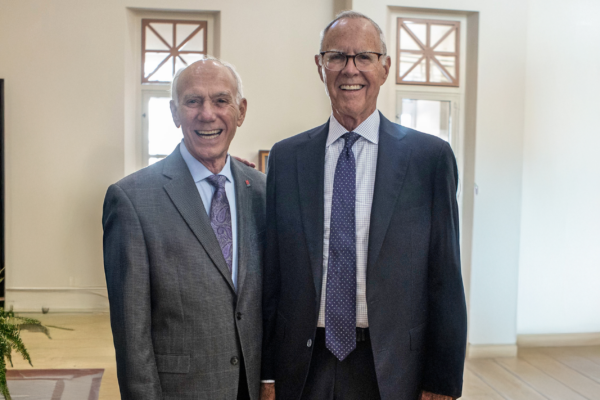
On the same Memorial Hall stage where the Rev. Martin Luther King, Jr., spoke in 1961, local Latino and Hispanic leaders gathered Monday night to celebrate one of the historic civil rights events of Orange County, the
Mendez v. Westminster
school desegregation case.
As part of the
OC Film Fiesta
, which continues through Sunday, Chapman hosted a screening of
Para Todos Los Ninos – For All the Children – Fighting Segregation in California
, the 2002 Emmy-winning documentary by Chapman University development associate and filmmaker Sandra Robbie. The film tells the dramatic story of the landmark
Mendez et al. vs. Westminster
case and the multi-racial grassroots efforts, including work by lawyers and activists, to end school segregation in rural Orange County years before the landmark
Brown v. Board of Education
.
The evening was largely a celebration, with mariachis and a cake reception to celebrate the one-year anniversary of the Mendez vs. Westminster study room and archive at the
Leatherby Libraries
, thanks to a generous gift from Orange County attorney, Federico Castelan Sayre, and his family. But in a panel discussion following the film, Sayre and others reminded the audience that the struggle continues.
“The reality is that discrimination is just as strong today,” but at a level that is more sophisticated and subtle, said Sayre, who represented Rodney King.
Paul Apodaca, Ph.D., associate professor, in the Department of Sociology at Chapman, pulled a short-handled hoe from a bag, held it aloft and described how he grew up seeing Mexican child laborers in his hometown of Tustin ruin their backs and health because of stoop labor with such tools. But such experiences are not just stories for the history books, Dr. Apodaca said.
“The Tustin that I grew up with in the 1950s is alive and well in the Central Valley,” he said.
To learn more, visit a special exhibition at the
Museum of Tolerance (MOT)
, where the film and other stories about segregation and discrimination throughout the United States is on view through Dec. 13.




Add comment